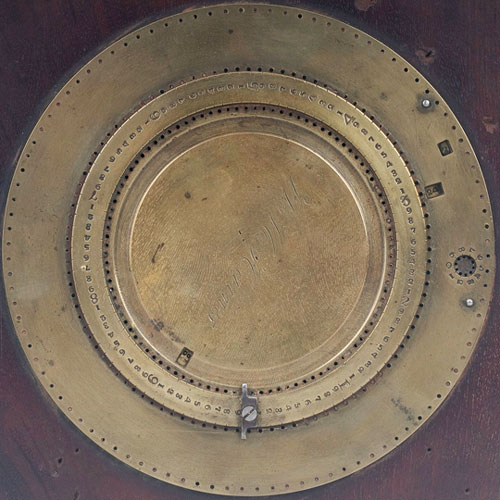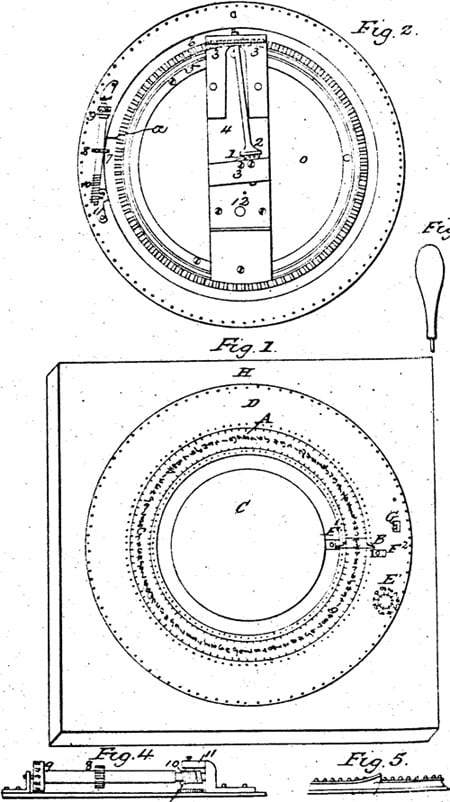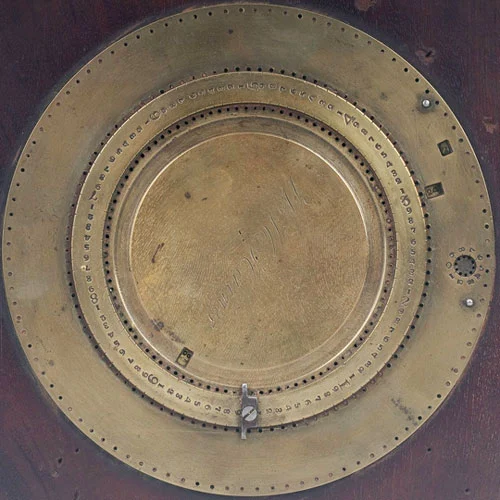By the mid-1800s, inventors had been devising mechanical calculators for over 200 years. If you don’t consider the abacus, which, although simple, is a simple calculator, the first mechanical calculator was designed and built by Wilhelm Schickard in 1623. Unfortunately, Schickard abandoned the project and all that remains of it is his notes, which indicate that the machine would have jammed during use.
In 1642, Blaise Pascal invented what is widely considered to be the first mechanical calculator: the Pascaline or Pascal’s Calculator.
Quick Facts
- Full Name
- William Haines
- Nationality
- American
- Fields of Expertise
- [“Mathematics”,”Inventor”]
- Contributions
- Mechanical calculator
Fast forward to the 19th century. In 1851, Thomas de Colmar launched the Arithmomètr, which was a commercial success. It was used in offices around the world and was the only mechanical calculator available for 40 years.
Sadly, William Haines’s mechanical calculator didn’t fare as well.
Who Was William Haines
William Haines was an American who invented a remarkable mechanical calculator in the 19th century. Unlike other great inventors such as Gottfried Leibniz, who invented the stepped reckoner, and Blaise Pascal, a famous French mathematician who created Pascaline, William Haines’s calculator was not very popular.
Although William’s invention lacked global attention, his mechanical calculator has been well-preserved in the National Museum of American History, Washington, DC, and many scholars testify of its brilliant performance.

Early Life
Almost nothing is known about William M. Haines. We try to trace his early life, and every source points to a different William Haines who lived in the 19th century. The city directories of Rochester (1845) mention a civil engineer named William Haines, and in 1851, they mention William Haines as a clerk. He could be the inventor of this early mechanical calculator.
Career
There is no information about William’s career. One source, the city directories of Rochester, reported one who was an engineer and another who worked as a clerk. However, it is not clear if the person mentioned in the city directories of Rochester is the real inventor of the great mechanical calculator.
What Did William Haines Invent?
He invented a calculating device known as the mechanical calculator of William Haines. In 1849, William M. Haines of Rochester, New York, patented a mechanical calculator (U.S. patent 6403). The patent model of the device was effective up to 1880. At that time, the US Patent Office required inventors to submit a model with their patent application.

William’s mechanical calculator was a wood and brass adding and subtracting device with overall measurements of 3 cm x 15.3 cm x 14.2 cm. It had a wooden base, a circular metal mechanism, and a single-digit mechanical carry, implemented through an axle.
The machine’s center was a brass disc, having a hundred circular holes around the outside. Around it is a slightly elevated stationary circle or ring, with more significant digits from 1 to 9 engraved around it, representing 10, 20,… through 90. Between each of these numbers, there are smaller digits from 1 to 9, which stop at 0.
There are two square holes to view the numbers. To use the machine you line the viewing hole over the number zero, then bring the second, wider, hole to line up with the zero in the second row. In this manner, you can easily add large sums together by putting a pin in each number to be added. By reversing the operation you can use the machine for subtraction also. The idea behind the machine is the different combinations of numbers, all of the sums of any amount being composed in a cipher.
William Haines: Personal Life
Net Worth
No information has been shared about William’s net worth.
Marriage
It is not known whether William was married or remained single.
Children
No information has been provided about William’s children.
Death
Nothing is known about William’s death or where he is buried.
William Haines: Awards and Achievements
There is no award linked to William Haines. Maybe due to the fact that his invention was not very popular.


